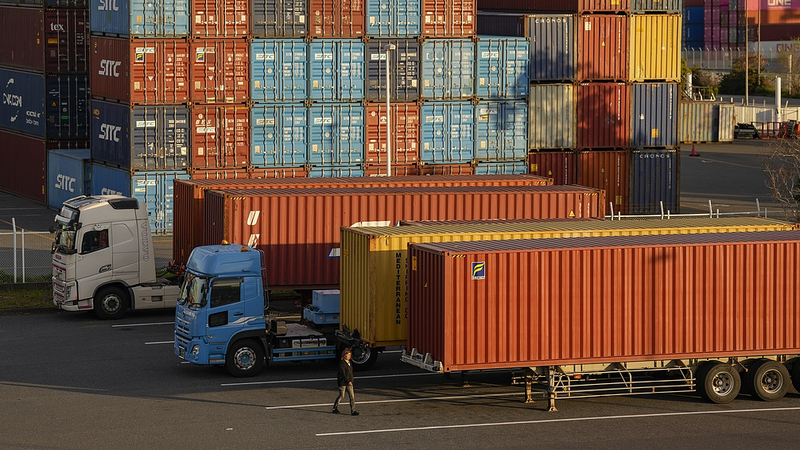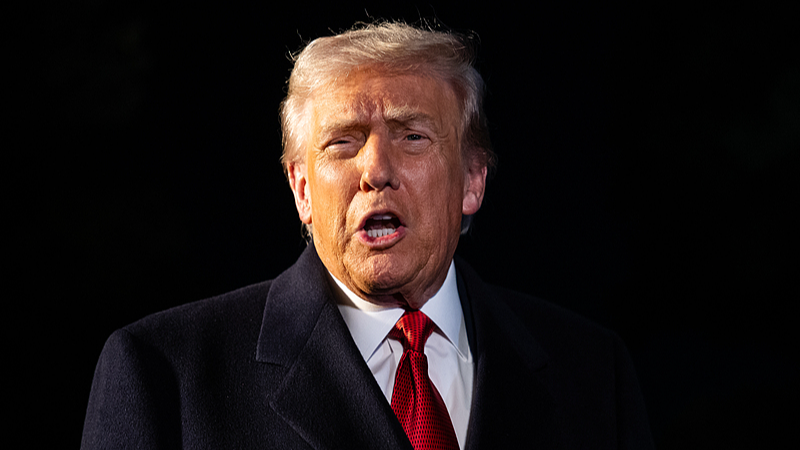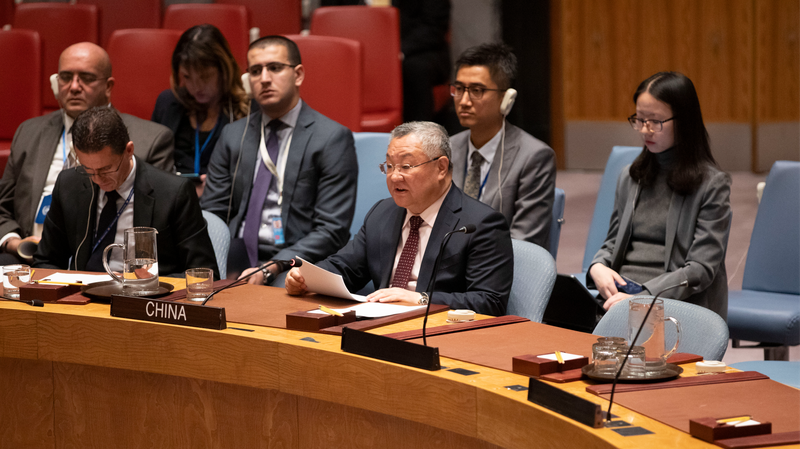In a bold move that took both Tokyo and global markets by surprise, President Donald Trump stepped into preliminary trade talks with Japan on Wednesday. Originally viewed as a modest fact-finding mission, the discussions suddenly carried the weight of the Oval Office.
Japan’s delegation, led by Economic Revitalization Minister Ryosei Akazawa, had expected to focus on traditional trade and investment issues. But Trump signaled early that he wanted to tackle thorny topics beyond tariffs, including the cost Tokyo pays to host U.S. troops.
According to Japanese readouts, Trump described reaching a deal with Japan as a top priority. He then sat down for a 50‑minute meeting with Akazawa at the White House, followed by an hour‑and‑a‑half session with Treasury Secretary Scott Bessent, Commerce Secretary Howard Lutnick and Trade Representative Jamieson Greer.
Financial markets felt the ripple effect almost instantly. The dollar strengthened by roughly half a percent against the yen, after Tokyo repeatedly denied any manipulative intervention to make exports more competitive.
Back in Tokyo, Prime Minister Shigeru Ishiba struck a cautious tone, warning that future negotiations would not be easy. Meanwhile, Finance Minister Katsunobu Kato delivered a strong message on global economic risks: U.S. tariffs and resulting market swings could exert downward pressure on Japan’s recovery.
In his first media interview since the White House talks, Kato voiced deep concern over heightened uncertainty in trade and financial markets. He plans to press the issue during upcoming meetings in Washington with the International Monetary Fund and at the Group of Twenty.
For entrepreneurs, exporters and tech startups in both countries, the stakes are high. A stable trade framework could unlock new opportunities in sectors from automobiles to cutting‑edge electronics. But any breakdown could also ripple through supply chains worldwide.
Next up is a second round of talks later this month, with Tokyo and Washington under growing pressure to reach a deal and calm jittery markets. As both sides prepare, global watchers will be tuned in, ready to gauge what comes out of these unscripted negotiations.
Whether this marks a new chapter in U.S. trade diplomacy or a fresh round of uncertainty, one thing is clear: the eyes of the world are on Washington and Tokyo, waiting to see how this high‑stakes dance reshapes the global economy for years to come.
Reference(s):
cgtn.com




